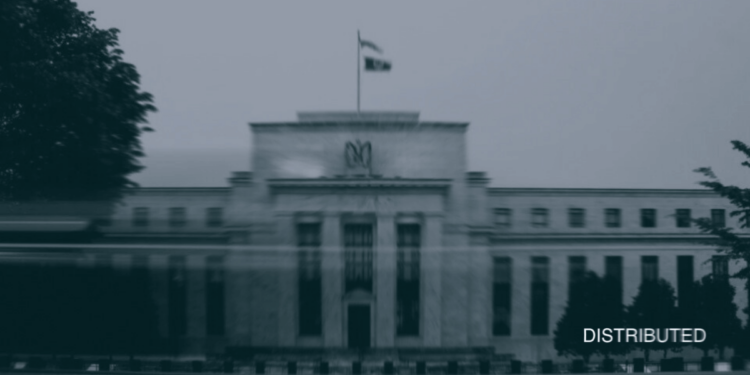Federal Reserve policymakers are advocating a patient approach, emphasizing the need to see several more months of encouraging inflation data before considering interest rate cuts, according to remarks made on Tuesday. This stance reinforces the central bank’s commitment to ensuring that inflation is firmly on track toward the 2% target before easing its monetary policy stance.
As reported by Reuters, Fed Governor Christopher Waller stated that in the absence of a significant weakening in the labor market, he needs to see several more months of good inflation data before he would be comfortable supporting an easing in the stance of monetary policy. His comments were delivered during an event at the Peterson Institute for International Economics in Washington.
While acknowledging the reassuring nature of the latest inflation readings, Waller dismissed speculation about the need for further rate hikes, deeming the probability very low. He underscored the importance of avoiding abrupt policy shifts, stating that the Fed does not want to go off a cliff, emphasizing that as the critical thing.
See Related: The Federal Reserve Is Expected To Maintain Its Benchmark Lending Rate At An Elevated Level For An Extended Duration
Benchmark Interest Rate
The Fed has maintained its benchmark interest rate within the 5.25%-5.50% range since July of the previous year. Despite three consecutive months of higher-than-anticipated inflation figures from January to March, the central bank is cautiously optimistic about recent signs of a cooling labor market and progress toward lowering inflation to the desired level.
This cautious approach aligns with the views of market analysts. Krishna Guha, Vice Chairman at Evercore ISI, interpreted Waller’s remarks as indicating a willingness to consider rate cuts in September, contingent upon a more definitive downward trend in inflation over the coming months.
The Federal Reserve’s patient stance reflects a data-driven approach to monetary policy decisions. By emphasizing the need for sustained progress on inflation before implementing rate cuts, the central bank aims to strike a balance between supporting economic growth and maintaining price stability.
As the Fed continues to monitor economic indicators closely, the timing of the initial rate cut will hinge on the trajectory of inflation and labor market dynamics in the months ahead. This prudent strategy underscores the central bank’s commitment to achieving its inflation target while avoiding potential disruptions to the economy.



